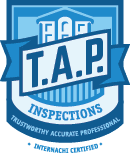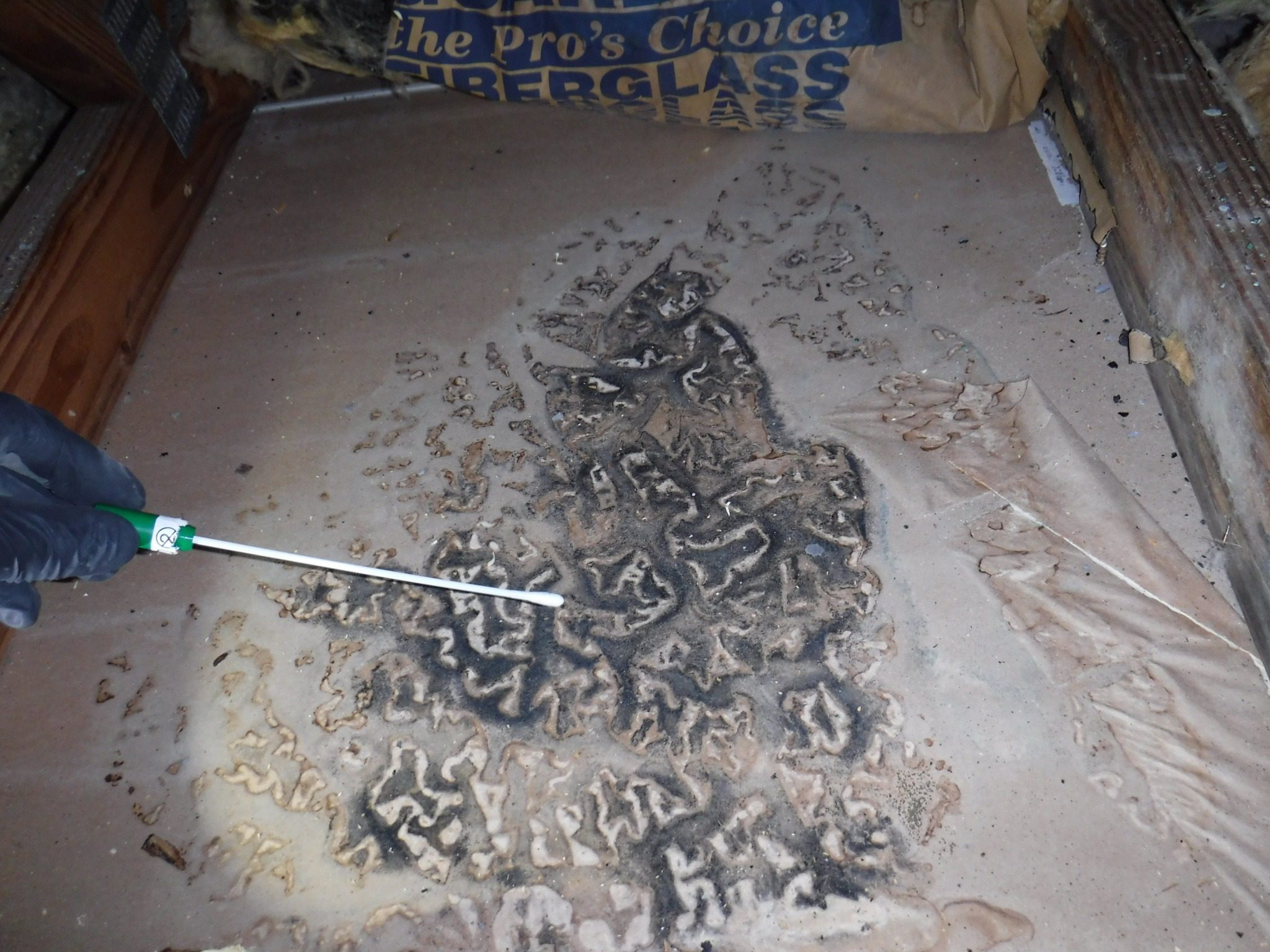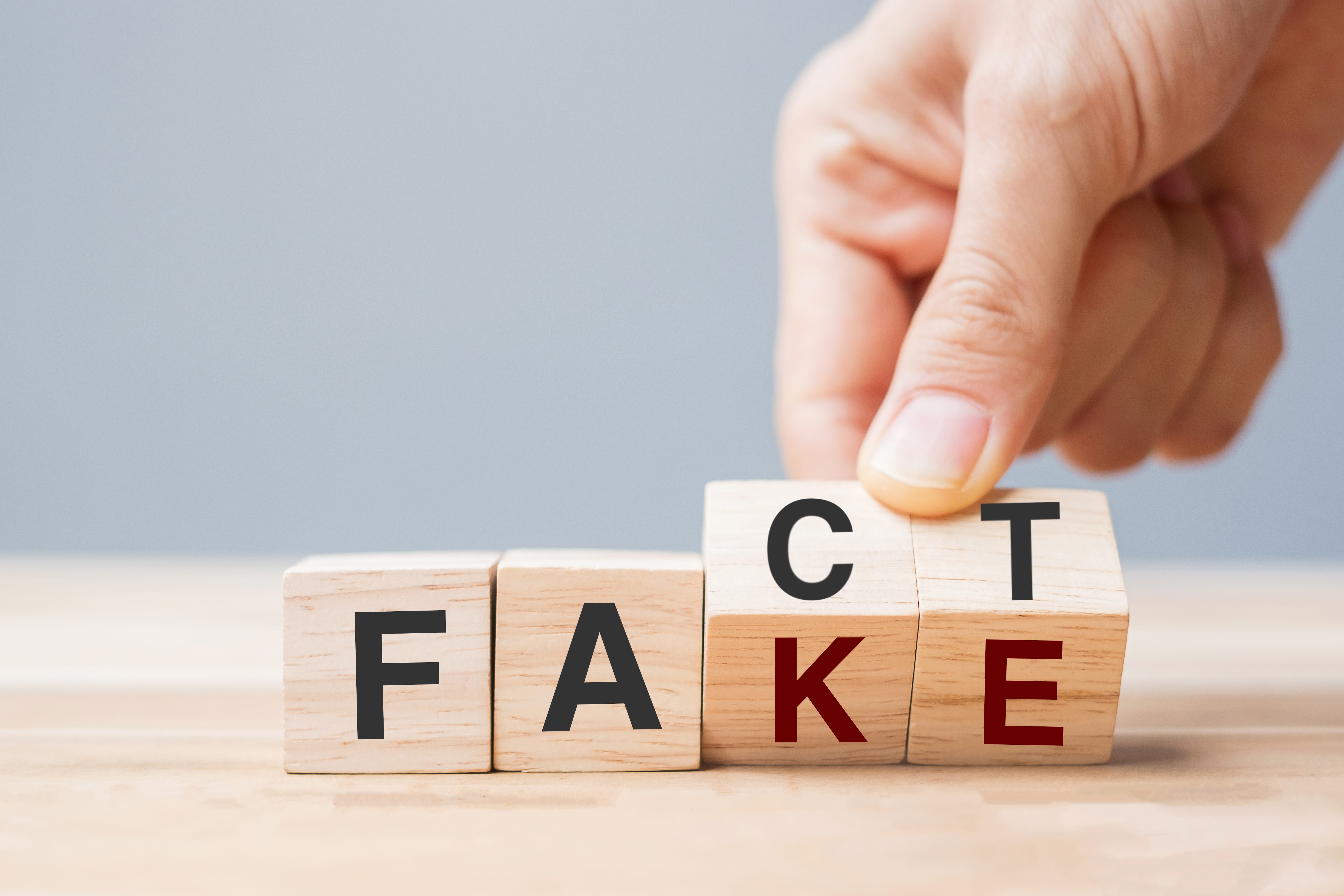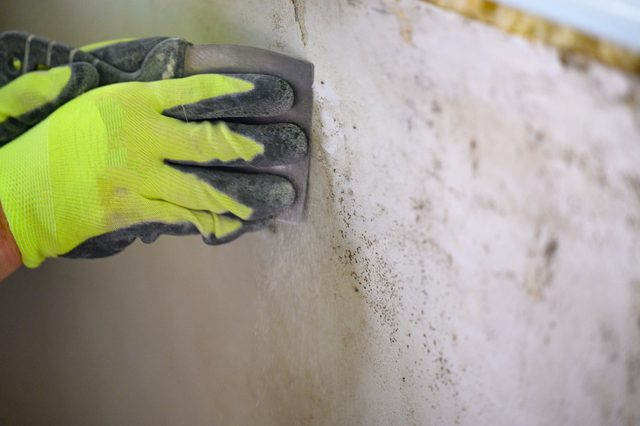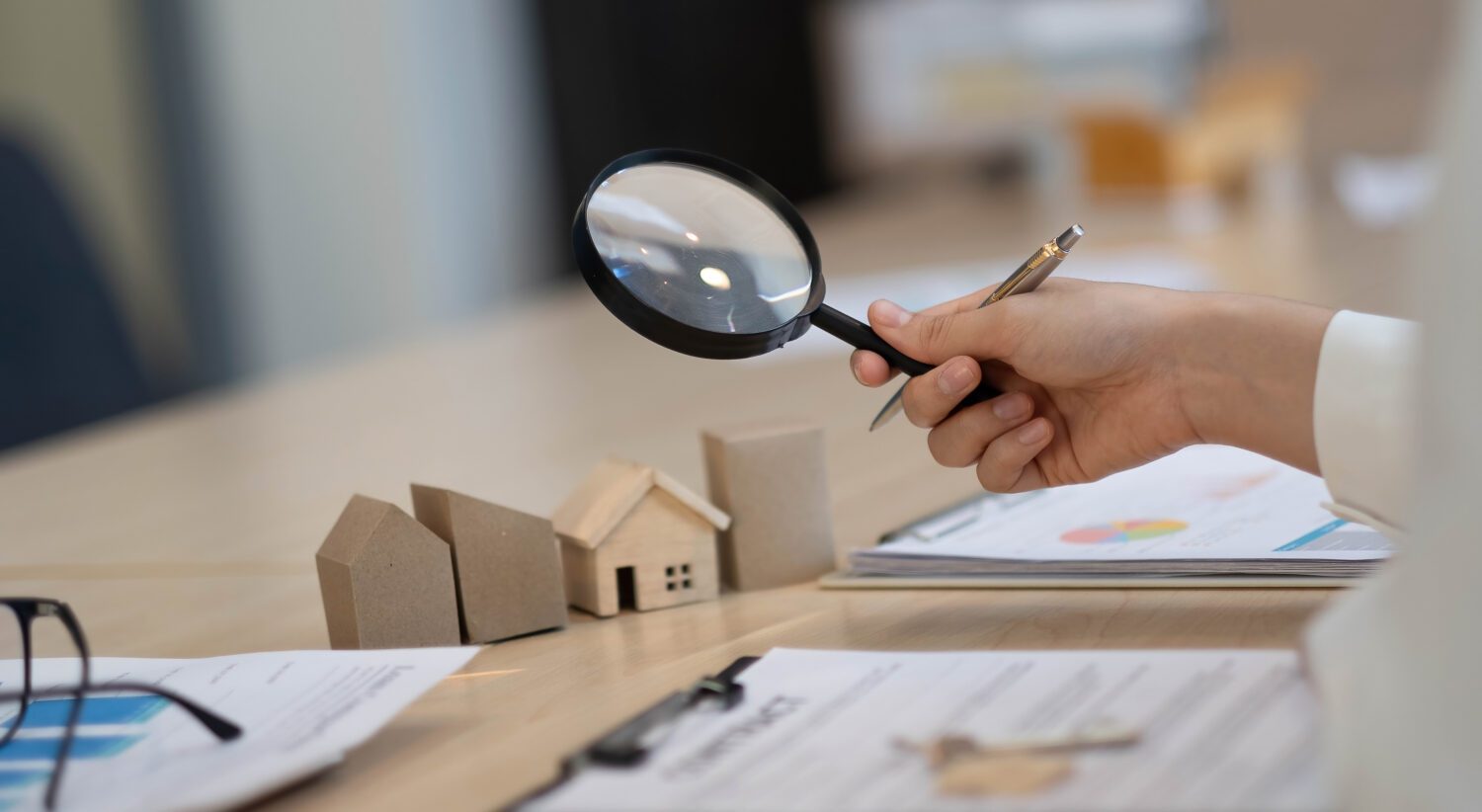Introduction to Mold Inspections
Mold is a common issue that can affect homes, offices, and various indoor environments. It often thrives in damp, warm conditions and can pose significant health risks to occupants. Mold inspections are crucial in identifying the presence of mold, assessing its impact, and devising a strategy for remediation. This article will walk you through the mold inspection process, helping you understand what to expect and how to best prepare for it.
Understanding Mold and Its Impact on Health
Mold spores are microscopic organisms that reproduce through tiny spores. These spores can be found almost anywhere, both indoors and outdoors. While not all mold is harmful, certain types can produce allergens, irritants, and potentially toxic substances known as mycotoxins. Exposure to mold can lead to respiratory issues, allergic reactions, and other health concerns, particularly in individuals with pre-existing conditions.
Common symptoms associated with mold exposure include coughing, sneezing, eye irritation, and skin rashes. Severe cases can even lead to chronic respiratory diseases. Understanding these health implications emphasizes the importance of timely mold inspections, allowing you to address mold issues before they escalate into serious health problems.
The Importance of Mold Inspections
Mold inspections serve several vital functions. Primarily, they identify the extent of mold growth within a property, which is crucial for effective remediation. Additionally, inspections can uncover hidden mold in places like walls, ceilings, and behind appliances, where it may not be visible to the naked eye. By conducting regular inspections, property owners can prevent extensive damage and safeguard the health of their occupants.
Furthermore, mold inspections are instrumental in real estate transactions. Potential buyers often require a mold inspection to ensure that there are no hidden mold issues that could lead to costly repairs after purchase. This proactive approach helps maintain property value and ensures a safe living environment.
Preparing for a Mold Inspection
Choosing the Right Mold Inspector
Selecting a qualified mold inspector is essential for a thorough assessment. Look for professionals with certifications from recognized organizations, such as the Institute of Inspection, Cleaning and Restoration Certification (IICRC) or the American Council for Accredited Certification (ACAC). Check reviews and testimonials to gauge their reliability and expertise.
A reputable mold inspector will have knowledge of mold biology, moisture control, and remediation strategies. It’s also vital that they are independent and do not provide remediation services themselves, as this creates a conflict of interest in their assessment.
What to Do Before the Inspection
Prior to the inspection, ensure the inspector has access to all areas of the property. This includes basements, attics, bathrooms, and any places where water damage has occurred. Address any immediate issues such as leaks or water damage, as these can complicate the inspection process.
It may also be helpful to gather any previous inspection reports or documentation regarding water damage or mold problems. This information can give the inspector a clearer picture of potential issues and help them conduct a more effective assessment.
The Mold Inspection Process Explained
Initial Walkthrough: What the Inspector Looks For
The mold inspector will begin with a visual walkthrough of the property, looking for signs of mold growth or conditions conducive to mold development. They will check for water stains, dampness, and any visible mold on surfaces. Areas such as bathrooms, kitchens, and basements are typically scrutinized closely due to their high humidity levels.
During this phase, the inspector may also inquire about any past water leaks, humidity issues, or previous mold problems. This information assists in determining potential mold sources and helps in planning the next steps in the process.
Sampling Methods and Techniques
If mold is suspected, the inspector may proceed with sampling. Several methods can be used, including air sampling, surface sampling, and bulk sampling. Air sampling involves capturing air samples in various areas of the property to measure the concentration of mold spores. Surface sampling tests specific areas where mold is visible or suspected by using tape or swabs.
Each sampling method has its pros and cons; air sampling can indicate general mold levels, while surface sampling can identify specific mold types. The inspector will choose the appropriate method based on the property’s specific conditions and concerns.
Using Technology in Mold Detection
Modern technology plays a significant role in mold inspections. Inspectors often utilize moisture meters, thermal imaging cameras, and hygrometers to detect hidden moisture and mold growth. Moisture meters can identify areas with elevated moisture levels, often indicating potential mold growth before it becomes visible.
Thermal imaging cameras allow inspectors to see temperature differences on surfaces, highlighting areas where moisture may be present. These advanced tools enhance the accuracy of the inspection and ensure a more comprehensive assessment of the property.
Post-Inspection: Understanding the Findings
Interpreting the Inspection Report
After the inspection, you will receive a report detailing the findings. This report typically includes a summary of the inspection, photographs of affected areas, and recommendations for remediation. Understanding this report is crucial for determining the next steps in addressing any identified mold issues.
Pay close attention to the mold types identified, as some may pose greater health risks than others. The report should also outline moisture levels and sources, providing insight into how to address the mold problem effectively.
Common Mold Types Identified
During inspections, several common mold types may be identified. These include Aspergillus, Cladosporium, and Stachybotrys (often referred to as black mold). While not all molds are dangerous, Stachybotrys is known for producing mycotoxins and can lead to severe health issues, particularly in sensitive individuals.
Understanding the types of mold present in your property is crucial. Some molds can be easily remediated with proper cleaning, while others may require professional intervention and extensive remediation efforts to ensure safety.
Health Risks Associated with Mold
As previously mentioned, exposure to mold can lead to a range of health issues. Allergic reactions are among the most common, particularly in individuals with asthma or other respiratory conditions. Symptoms can range from mild irritations to severe reactions, necessitating immediate remediation in the affected areas.
Long-term exposure to certain molds, especially toxic varieties like Stachybotrys, can lead to chronic respiratory conditions, neurological symptoms, and other serious health concerns. Therefore, addressing mold issues promptly is essential for ensuring occupant safety and well-being.
Next Steps: Remediation and Prevention
Deciding on Remediation Options
Once the inspection report is reviewed, the next step is to determine the appropriate remediation options. For small areas of mold, DIY cleaning methods may suffice, such as using a mixture of water and detergent or specialized mold removers. Always wear protective gear, including masks and gloves, during this process.
For larger infestations or toxic mold, it is advisable to hire a professional mold remediation service. These experts are trained to handle mold safely and effectively, ensuring that the mold is removed without causing further contamination or health risks. IAQA Indoor air quality association, mold publication resource.
Preventative Measures to Avoid Future Mold Issues
After remediation, taking preventive measures is critical to avoid future mold problems. This includes addressing moisture issues, such as fixing leaks and ensuring proper ventilation in high-humidity areas. Using dehumidifiers can help maintain optimal indoor humidity levels, reducing the risk of mold growth.
Regular inspections and maintenance can further reduce the likelihood of mold returning. Homeowners should also consider using mold-resistant materials when renovating or building, which can help mitigate mold risks in the future.
Conclusion
Recap of the Mold Inspection Journey
Mold inspections are essential for maintaining a safe and healthy indoor environment. Understanding the mold inspection process— from choosing a qualified inspector to interpreting the findings— empowers property owners to address mold issues effectively. Awareness of the health risks associated with mold emphasizes the importance of timely inspections and remediation.
Final Thoughts on Mold Awareness
Being proactive about mold inspections and prevention measures can save property owners time, money, and health concerns in the long run. By staying informed and vigilant, you can safeguard your home and ensure a healthier living environment for you and your family.
FAQs
How often should I have a mold inspection?
It’s advisable to have a mold inspection at least once a year, particularly in high-humidity areas or after water damage incidents.
Can I perform a mold inspection myself?
While DIY inspections can identify visible mold, hiring a professional ensures a comprehensive assessment, including hidden mold and moisture issues.
What should I do if I find mold in my home?
If you discover mold, address the moisture source first. For small areas, you can clean it yourself; for larger infestations, hire a professional remediation service.
Is all mold harmful?
No, not all mold is harmful. However, certain types, especially black mold, can pose serious health risks, making it essential to identify and address any mold issues promptly. Mold Definition.
How can I prevent mold from returning?
To prevent mold, control humidity levels, fix leaks, and ensure proper ventilation. Regular inspections and maintenance are also important.
